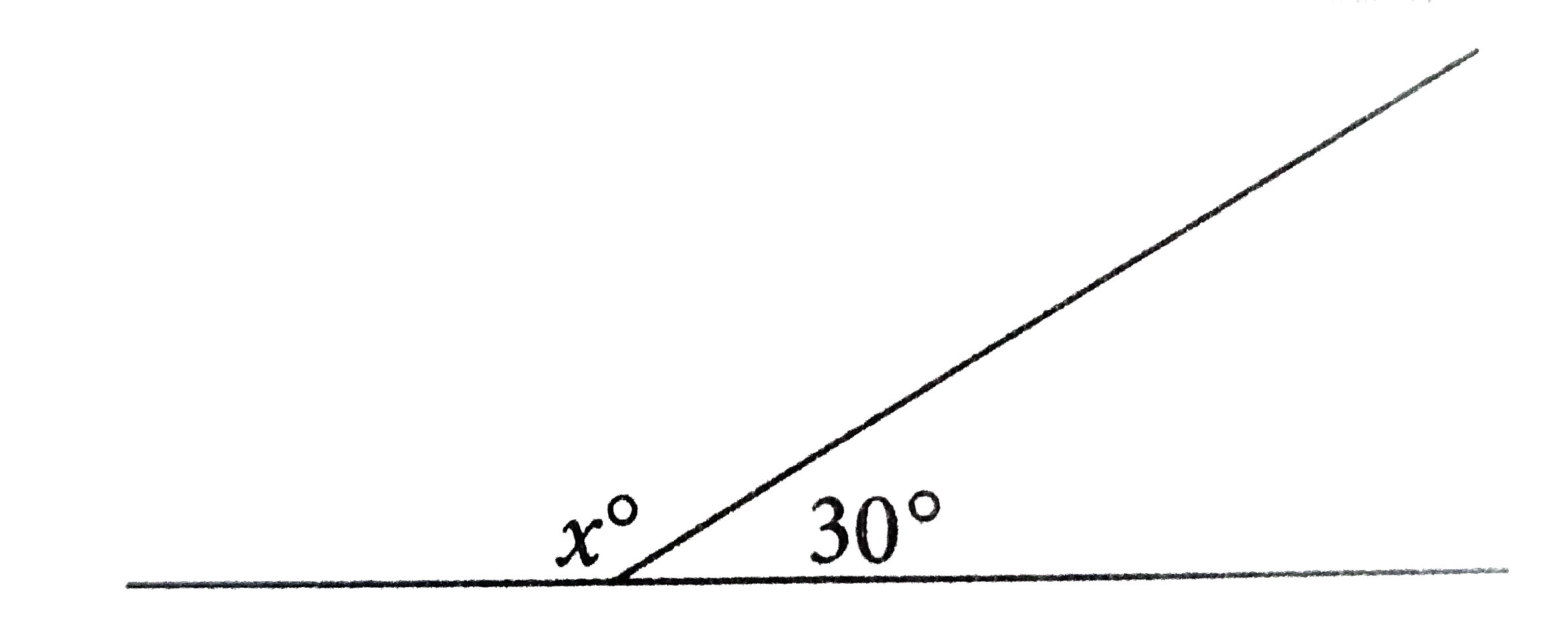Which of the following is equal to 3√−1?
√3+√−12
−√3+√−1√−4
√3−√−1√−4
−√−1
The correct Answer is:B
To solve the problem of finding the cube root of −1, we can follow these steps:
1. Set up the equation:
Let x=√(3)−1.
This means x3=−1.
2. Rewrite the equation:
We can rewrite this as:
x3+1=0.
3. Factor the equation:
The equation x3+1 can be factored using the sum of cubes formula:
x3+1=(x+1)(x2−x+1)=0.
4. Find the roots:
Setting each factor to zero gives us:
- From x+1=0:
x=−1
- From x2−x+1=0:
We can use the quadratic formula, x=−b±√b2−4ac2a:
Here, a=1,b=−1,c=1:
x=1±√(−1)2−4⋅1⋅12⋅1
=1±√1−42
=1±√−32
=1±i√32.
5. Summarize the roots:
The three cube roots of −1 are:
x=−1,
x=1+i√32,
x=1−i√32.
Conclusion:
Thus, the cube roots of −1 are:
- −1
- 1+i√32
- 1−i√32
Let x=√(3)−1.
This means x3=−1.
We can rewrite this as:
x3+1=0.
The equation x3+1 can be factored using the sum of cubes formula:
x3+1=(x+1)(x2−x+1)=0.
Setting each factor to zero gives us:
- From x+1=0:
x=−1
- From x2−x+1=0:
We can use the quadratic formula, x=−b±√b2−4ac2a:
Here, a=1,b=−1,c=1:
x=1±√(−1)2−4⋅1⋅12⋅1
=1±√1−42
=1±√−32
=1±i√32.
The three cube roots of −1 are:
x=−1,
x=1+i√32,
x=1−i√32.
Thus, the cube roots of −1 are:
- −1
- 1+i√32
- 1−i√32
Topper's Solved these Questions
Similar Questions
Knowledge Check
Which of the following is equal to 34−1334+13?
A512B−512C−513D513Which of the following is equal to a23 , for all values of a ?
A√a13B√a3C3√a12D3√a2If i2=−1, which of the following is a square root of 8−6i ?
A3−iB3+iC3−4iD4−3i
Which of the following is not a storage root?
View SolutionWhich of the following is equal to 1kgm−1s−1?
View SolutionWhich of the following is not equal to 1 in Boolean algebra ?
View SolutionFind the valve of 'a' for which the following equations have equal roots.
x2+(a+3)x+a+6=0
View SolutionFind the value of P for which the following equation has equal roots px2−8x+2p=0
View Solution


 Which of the following is equal to 3x?
Which of the following is equal to 3x?